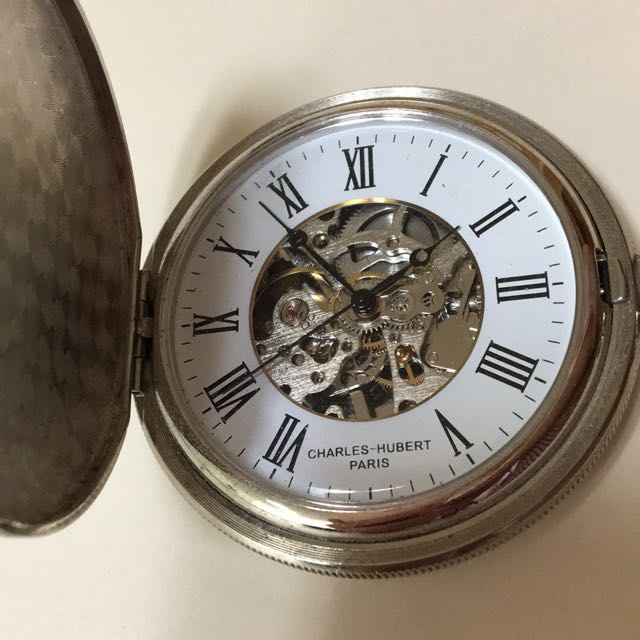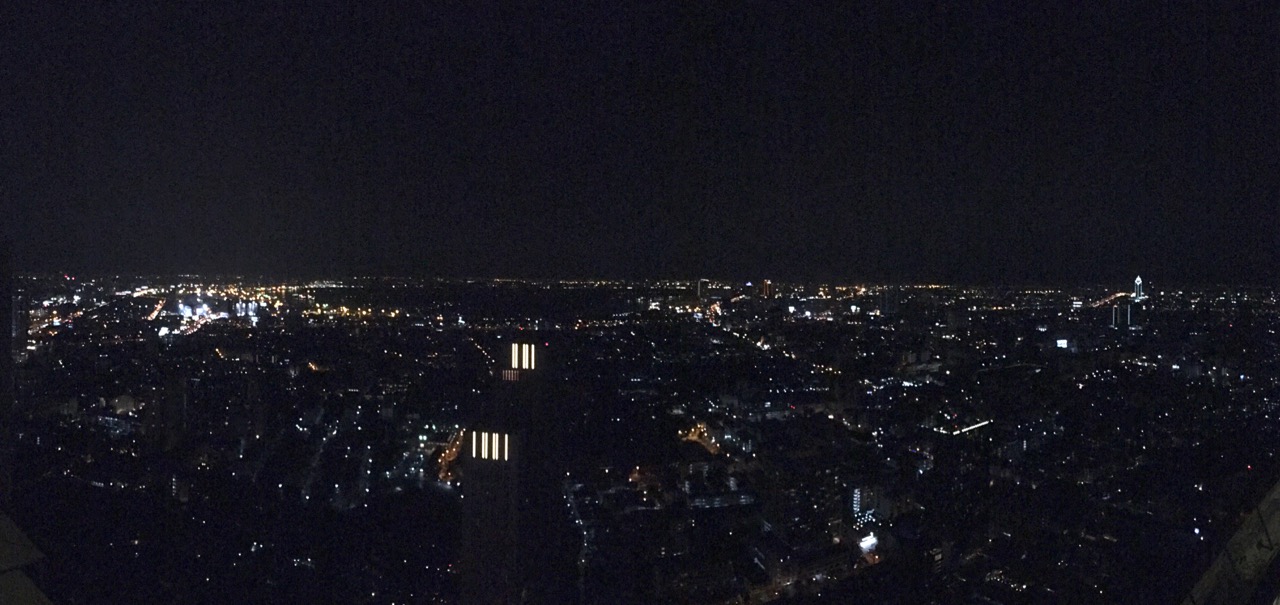
|
By Graham K. Rogers

I went to an event at a hotel in Bangkok at the weekend. Those eating dinner spent a lot of time taking photographs of each other. The memories of the event will be preserved for posterity on a Facebook page for the place of employment of the attendees. This type of recording has superseded most other types of memory-preservation.
Sadly, not all photographs are created equal; and not all photographic devices are capable of handling all conditions, with movement and light causing most problems. As far as movement is concerned, I have a couple of tricks with the iPhone 6s: burst mode; and Live Photos.
Of the two, I prefer burst mode, perhaps because I am still old fashioned when it comes to taking pictures. A burst helps me capture a series of stills of the same moment, from which I can select the best: eyes or mouth may spoil some shots, the burst may avoid that.
Live Photos takes a small video before and after the photo is taken. I have never been a movie-making person, but I have caught some interesting moments when using this. The shots are available on other iOS devices and on my Macs in Photos. Tumblr has just allowed users to upload these images, and there is an app (Lively) that allows export of GIF or MOV file types. It is possible that other social networking sites will allow such extended images to be used in the future.

After dinner, the group ascended to the busy 61st floor where there is a restaurant beneath the stars. Like the Centara Grand Red Sky Bar the views of the city from this height are superb. As well as the stars and the city lights, there were also the selfies. The design of this particular venue made this difficult for some, but I came up with a solution that helped a couple of those recording the events.
- The iPhone 6s does have the ability for the home screen to act as a flash, so the single selfie I took was suitably lit, although it was not the best photo I have ever taken.
- I have also experimented with the Apple Watch: using the Camera app, I can take a photo of myself (or anything else) via the 12 MP camera on the iPhone. This also uses the normal flash, so can produce some fair output, although taking a picture of oneself is a bit of a balancing act.
- I was able to help a couple of the others, by using the flashlight feature on the iPhone. I pulled up the lock-screen and pressed the flashlight icon, giving me a steady light. Shining this in the direction of one of the ladies taking a selfie, with the lights of Bangkok behind, allowed a more even light on the face that the smartphone camera could adjust to, rather than the sometime harshness of a flash photo.
Where a hundred years ago one might have kept a diary or written to friends in voluminous letters, now we post on Facebook or Instagram. This is nothing new: the medium has changed. It may still need some refinement for the best results; perhaps the best solution is to hand over the iPhone to friends and let them take the shot.
Graham K. Rogers teaches at the Faculty of Engineering, Mahidol University in Thailand. He wrote in the Bangkok Post, Database supplement on IT subjects. For the last seven years of Database he wrote a column on Apple and Macs. He is now continuing that in the Bangkok Post supplement, Life.
|

|



